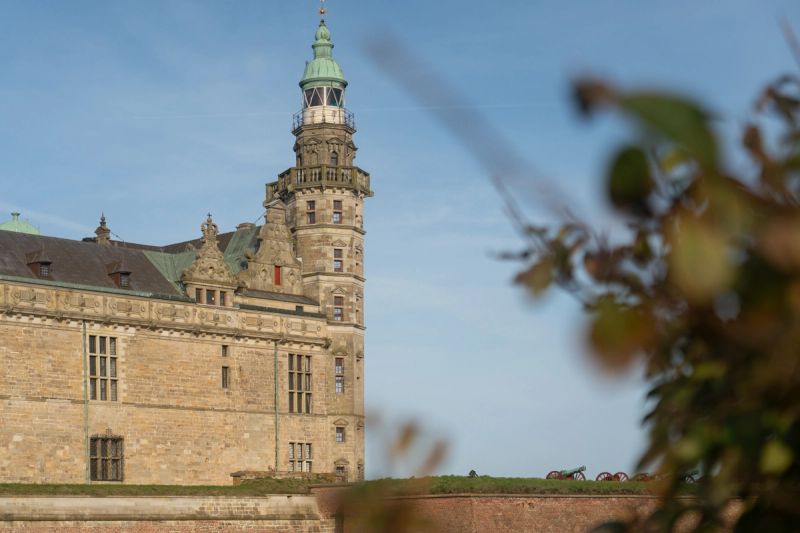Dronning Sophie
Fakta
Periode
Dronning Sophie af Mecklenburg levede fra 1557 - 1631
Ægteskab
Hun blev gift med Frederik 2. af Danmark og Norge og var dronning fra 1572 til 1588.
Interesser
Hun styrede sine egne godser effektivt, interesserede sig for økonomi og var kendt som en af de rigeste kvinder i Europa.
Familie
Hun voksede op i en betydningsfuld nordtysk fyrsteslægt og fik med Kong Frederik 2. i alt 7 børn - herunder Christian 4.
En barnebrud bliver dronning
Dronning Sophie af Mecklenburg blev født i 1557 i det nordtyske hertugdømme Mecklenburg, som datter af en fornem fyrsteslægt. Allerede som 14-årig blev hun gift med den danske konge Frederik 2., som var hele 23 år ældre end hende. I dag ville sådan et ægteskab nok få folk til at løfte øjenbrynene, men i 1500-tallet var det ikke usædvanligt – især når det kom til kongelige alliancer. På trods af den store aldersforskel blev ægteskabet mellem Sophie og Frederik kendt som både harmonisk og kærligt.
Parret fik sammen syv børn, og én af dem var ingen ringere end Christian 4., som senere blev en af Danmarks mest farverige og længst regerende konger. Sophie viste sig tidligt at være langt mere end blot dronning og mor. Hun var intelligent, myndig og økonomisk snu, og hun fik hurtigt ry for at være en kvinde, der havde styr på sagerne.
Ifølge fortællinger overvejede Kong Frederik faktisk at opkalde det nye slot, han lod bygge i Helsingør, efter sin unge dronning – Sophienborg skulle det have heddet. Det endte dog med navnet Kronborg, men der er ingen tvivl om, at Sophie satte sit præg på stedet. Slottet, som tidligere havde været en middelalderlig fæstning, blev under Frederik og Sophies tid forvandlet til et af Europas mest imponerende renæssanceslotte – både et pragtfuldt hjem og en strategisk magtbase.
Fornemmelser for forretning
Sophie af Mecklenburg var mere end blot dronning ved Frederik 2.s side – hun var en dygtig og visionær forretningskvinde med skarp sans for økonomi. Allerede i sin tid på Kronborg spillede hun en aktiv rolle i driften og forvaltningen af slottets ressourcer. Efter kongens død i 1588 trådte hun for alvor i karakter som en af tidens mest indflydelsesrige kvinder. Hun overtog styringen af sine egne godser og formåede at forvandle dem til nogle af de mest profitable i hele Danmark.
Sophie var langt fra den stereotype renæssancedronning, der holdt sig til broderi og hofliv. Hun agerede som en slags tidlig CFO – med overblik over alt fra landbrug og skatteindtægter til investeringer og slottenes vedligeholdelse. Hendes økonomiske kløgt bidrog ikke kun til hendes egen rigdom, men var også med til at sikre rigets stabilitet – især i en tid, hvor hendes søn, Christian 4., havde en mere løs hånd med finanserne.
Hun blev kendt for sin dygtige forvaltning, og fortsatte med at udøve politisk og økonomisk indflydelse lang tid efter sin mands død. Faktisk blev hun en af de rigeste kvinder i Europa og beholdt sin magt og indflydelse helt frem til sin død i 1631 – 74 år gammel.
Sophie var kort sagt alt andet end en passiv figur i historien. Med forretningsmæssig snilde og politisk forståelse satte hun sig solidt på både magten og midlerne – og efterlod sig et eftermæle som en af de mest bemærkelsesværdige kvinder i dansk renæssancehistorie.
